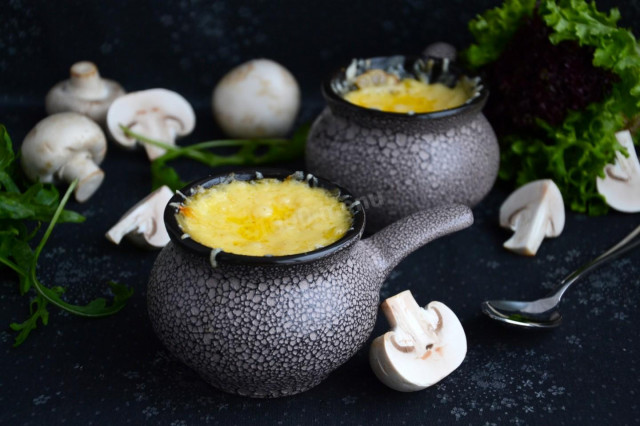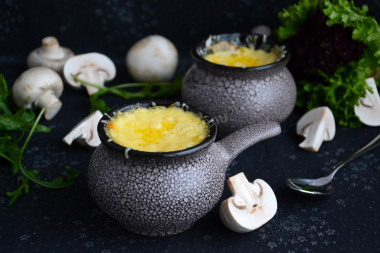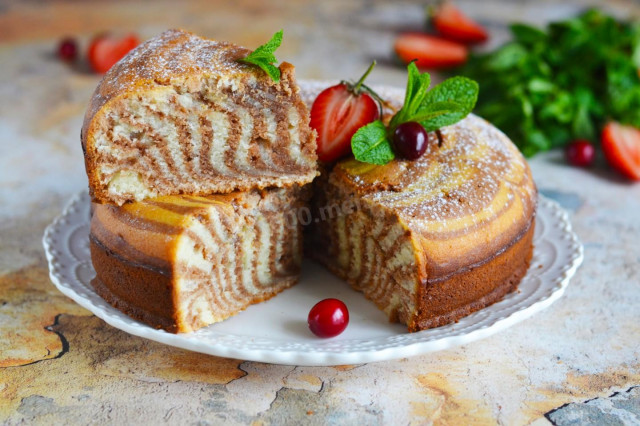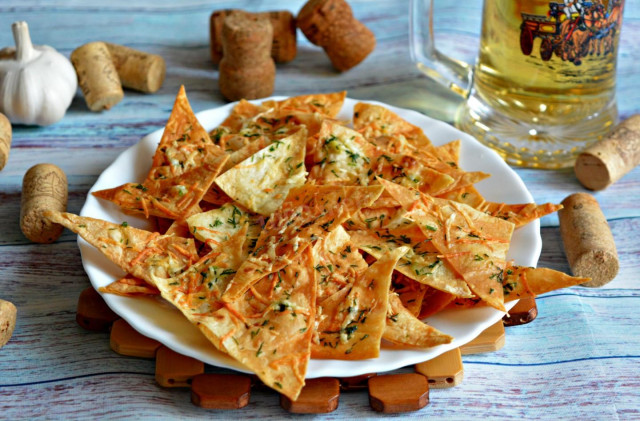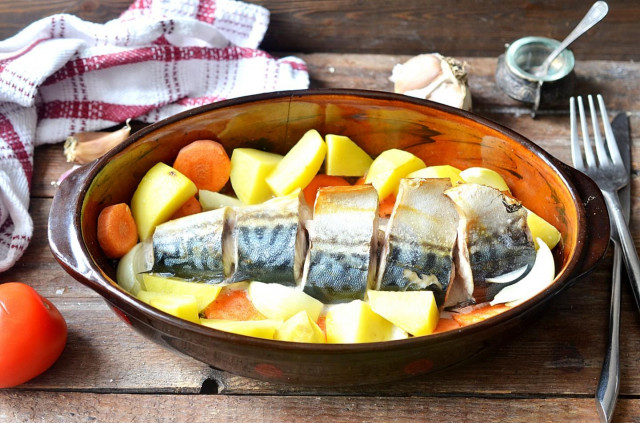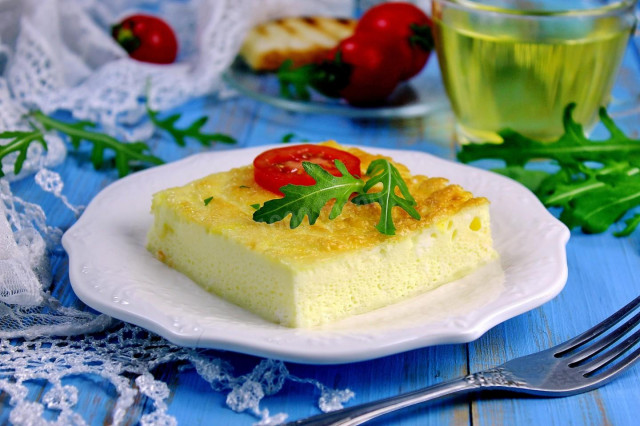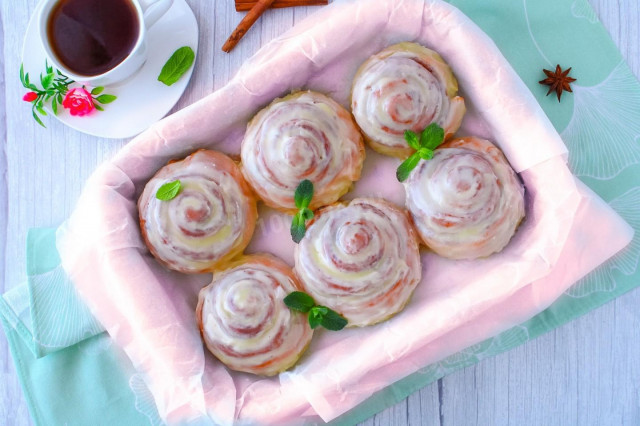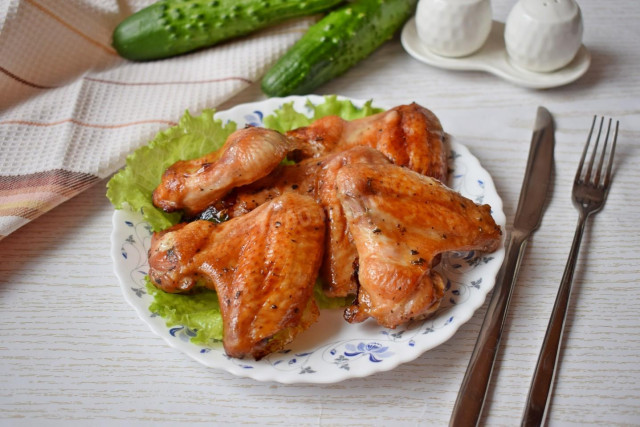Composition / ingredients
Step-by-step cooking
Step 1:
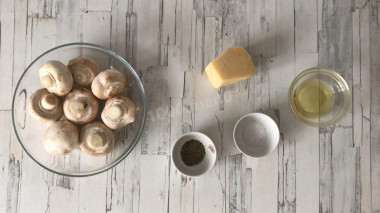
Prepare all the necessary products. How to choose champignons? Buy fresh mushrooms, snow-white color without spots and damage, medium size. Do not take mushrooms with the smell of rot and slippery to the touch.
Step 2:
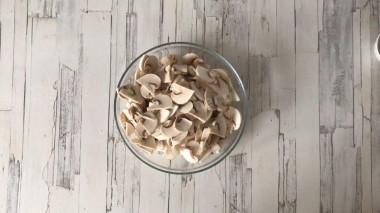
Wash the champignons thoroughly from dirt under running water. Put it on a kitchen towel so that it absorbs excess liquid. It is important to dry the mushrooms well, otherwise, saturated with moisture, they will become watery. Cut out the damaged areas, if any. Cut the champignons into thin slices. Do I need to clean the champignons? Small mushrooms should be washed well enough, larger ones should be cleaned by removing the films from the caps. Also cut off the darkened sections on the legs.
Step 3:
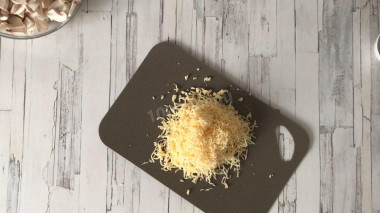
Grate hard cheese on a coarse grater. Take a delicious variety of cheese of the "Russian" type", which will melt well in the oven.
Step 4:
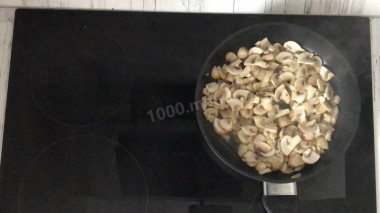
Pour vegetable oil with a high smoking temperature into the pan. Warm it up well. How to check if the oil has warmed up enough? Lower a wooden spatula into it, if bubbles have gathered around, then the oil has reached the desired temperature and you can send mushrooms into it. Fry them with constant stirring for about 5-7 minutes on medium heat until all the liquid formed evaporates. Turn off the fire. Cool it down.
Step 5:
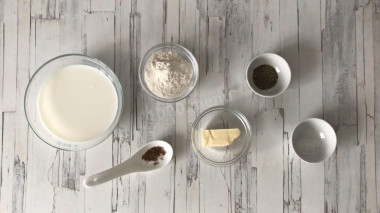
Prepare all the ingredients necessary for the sauce. Take butter at least 73% fat content. The taste of the dish will largely depend on the quality of the products used.
Step 6:
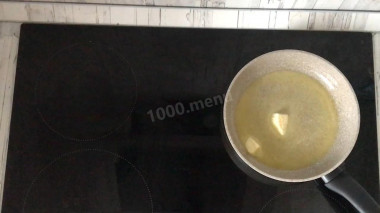
Melt the butter in a small frying pan over low heat. It is good to use melted butter. It will taste better with him.
Step 7:
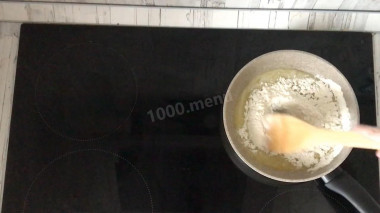
Add wheat flour and stir thoroughly.
Step 8:
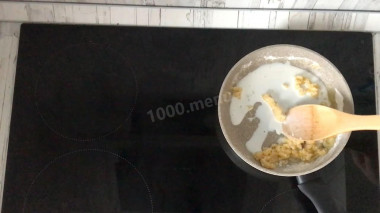
Pour in the milk, but not all at once, but in parts. Stir the mixture quickly each time to avoid the formation of flour lumps. Milk can be replaced with cream or sour cream of any fat content. But remember, the calorie content of the future dish will depend on the percentage of fat content of the product you use.
Step 9:
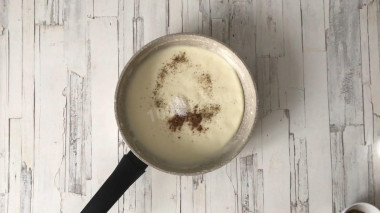
Bring the sauce to a boil and remove from the heat. Add the nutmeg, salt and pepper. Stir the mixture.
Step 10:
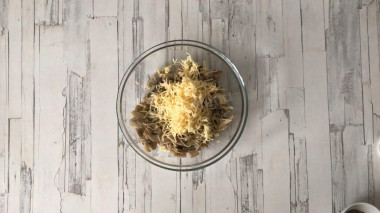
Transfer the fried mushrooms to a separate container. Add 1 tablespoon of grated cheese. Mix it up. Distribute the mushroom mass over the cocotnits, not reaching the edges of the dishes by 2-3 cm. Leave room for the sauce and cheese.
Step 11:
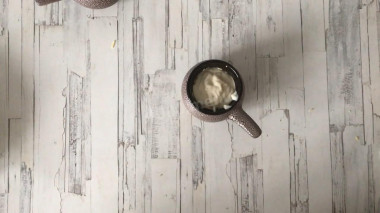
Pour the bechamel sauce so that it completely covers the champignons. Sprinkle the remaining cheese on top.
Step 12:
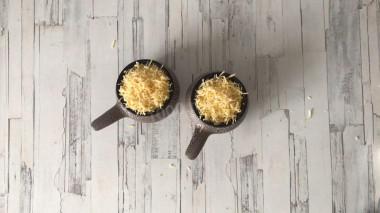
Preheat the oven to 180 degrees. Bake julienne for about 20 minutes until a golden cheese crust forms. Since ovens are baked differently for everyone, the temperature and cooking time may differ from what is indicated in the recipe. Serve the dish hot right in the cocotnits. If you want, sprinkle with chopped herbs (dill, parsley) before serving. Serve with fresh vegetables.
1. I have deep cocotnits - a decent portion. If you have smaller cocotnits, then these ingredients are quite enough for 3 servings. After all, an appetizer is a prelude to the main dishes, and there shouldn't be much of it.
2. If your sauce goes in lumps, it's okay. Just rub it through a sieve before adding spices.
3. Mushrooms can be fried with finely chopped onions.
4. For a brighter flavor, garlic passed through the press (1-2 cloves) can be added to the sauce.
5. If you do not have cocotnits, you can use any other portion heat-resistant molds. It is very tasty and convenient to bake julienne in sandwich buns or tartlets.
Keep in mind that everyone's ovens are different. The temperature and cooking time may differ from those specified in the recipe. To make any baked dish successful, use useful information in the article about ovens here
Caloric content of the products possible in the composition of the dish
- Whole cow's milk - 68 kcal/100g
- Milk 3.5% fat content - 64 kcal/100g
- Milk 3.2% fat content - 60 kcal/100g
- Milk 1.5% fat content - 47 kcal/100g
- Concentrated milk 7.5% fat content - 140 kcal/100g
- Milk 2.5% fat content - 54 kcal/100g
- Champignons - 24 kcal/100g
- Dutch cheese - 352 kcal/100g
- Swiss cheese - 335 kcal/100g
- Russian cheese - 366 kcal/100g
- Kostroma cheese - 345 kcal/100g
- Yaroslavsky cheese - 361 kcal/100g
- Altai cheese 50% fat content - 356 kcal/100g
- Soviet cheese - 400 kcal/100g
- Cheese "steppe" - 362 kcal/100g
- Uglich cheese - 347 kcal/100g
- Poshekhonsky cheese - 350 kcal/100g
- Lambert cheese - 377 kcal/100g
- Appnzeller cheese with 50% fat content - 400 kcal/100g
- Chester cheese with 50% fat content - 363 kcal/100g
- Edamer cheese with 40% fat content - 340 kcal/100g
- Cheese with mushrooms of 50% fat content - 395 kcal/100g
- Emmental cheese with 45% fat content - 420 kcal/100g
- Gouda cheese with 45% fat content - 356 kcal/100g
- Aiadeus cheese - 364 kcal/100g
- Dom blanc cheese (semi-hard) - 360 kcal/100g
- Lo spalmino cheese - 61 kcal/100g
- Cheese "etorki" (sheep, hard) - 401 kcal/100g
- White cheese - 100 kcal/100g
- Fat yellow cheese - 260 kcal/100g
- Altai cheese - 355 kcal/100g
- Kaunas cheese - 355 kcal/100g
- Latvian cheese - 316 kcal/100g
- Limburger cheese - 327 kcal/100g
- Lithuanian cheese - 250 kcal/100g
- Lake cheese - 350 kcal/100g
- Gruyere cheese - 396 kcal/100g
- Ground black pepper - 255 kcal/100g
- Whole durum wheat flour fortified - 333 kcal/100g
- Whole durum wheat flour, universal - 364 kcal/100g
- Flour krupchatka - 348 kcal/100g
- Flour - 325 kcal/100g
- Butter 82% - 734 kcal/100g
- Amateur unsalted butter - 709 kcal/100g
- Unsalted peasant butter - 661 kcal/100g
- Peasant salted butter - 652 kcal/100g
- Melted butter - 869 kcal/100g
- Vegetable oil - 873 kcal/100g
- Salt - 0 kcal/100g
- Nutmeg - 556 kcal/100g

